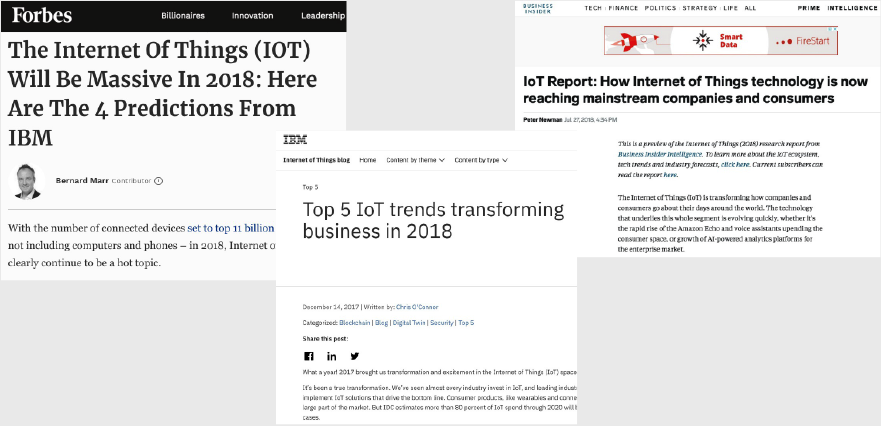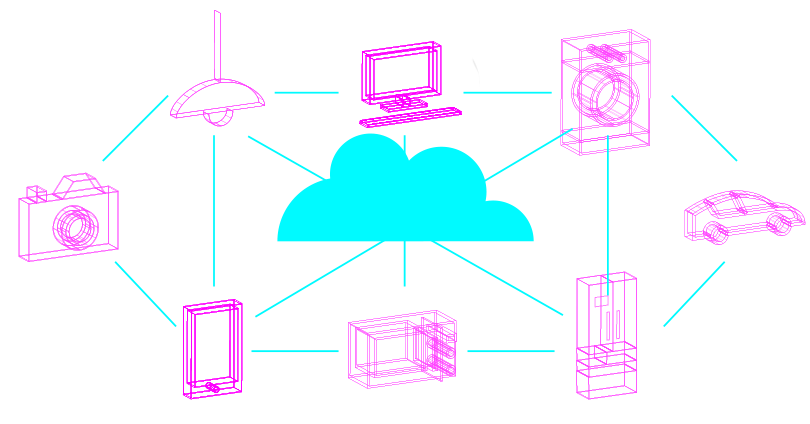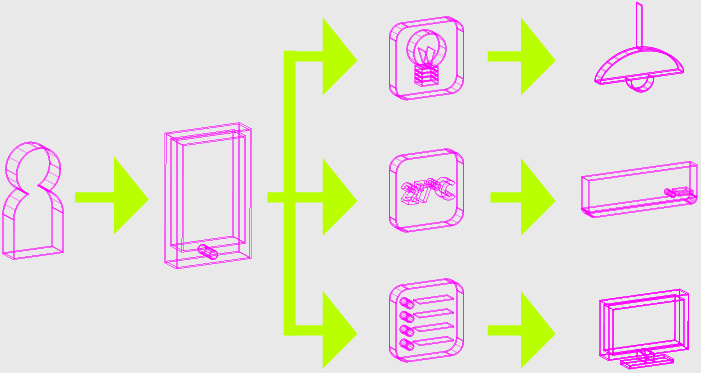Global trend in
technology and devices
According to Ericsson, the world’s leading provider of information and
communication technology, there will be more IoT devices than mobile
phones in 2018, with IoT devices growing at an annual 30%, compared to just
2% for mobile phones.
- (Billion)
- 30
- 25
- 20
- 15
- 10
- 5
- 0
-
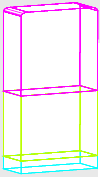 7 7.5 3
7 7.5 3
-
 19.8 8.6 3
19.8 8.6 3
-
 IoT devices
IoT devices
(excluding mobile phones) -
 Mobile phones
Mobile phones
-
 Other
Other
1)IoT devices includes short-range IoT devices (that use Wi-Fi, Bluetooth, etc.), and wide-area IoT devices (that use mobile connections)
2)Mobile phones includes smartphones and non-smartphones
3)Other includes computers, laptops, tablets and fixed phones
Source:
“Ericsson Mobility Report,” June 2018
The world’s media have also picked up on this trend and published many
articles on how the increasing number of IoT devices around us will
transform our lives and businesses.
So, what exactly are the “things” of the Internet of things? And how are they being integrated into people’s lives?
First, let’s take a look at what IoT is.
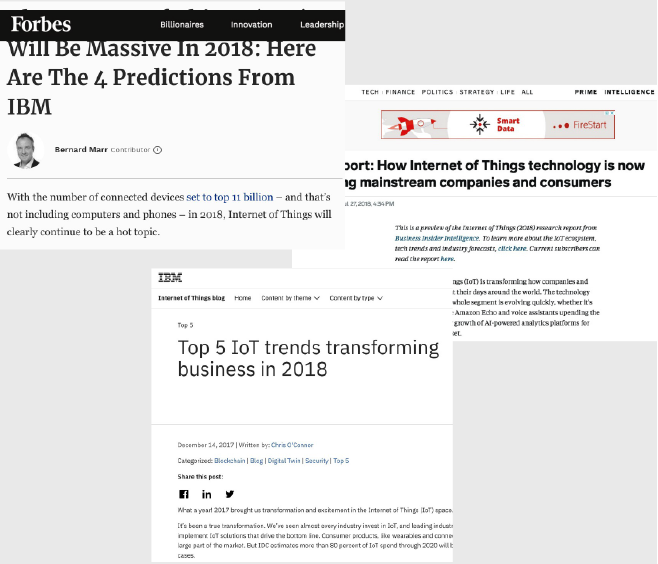
The IoT, is the network of physical devices, vehicles, home appliances,
and other items embedded with electronics, software, sensors, actuators,
and connectivity that enables these things to connect, collect and exchange
data remotely.
Simply put, it’s those things you call “smart.” Smart watches, smart car, smart
home, smart lighting, etc.
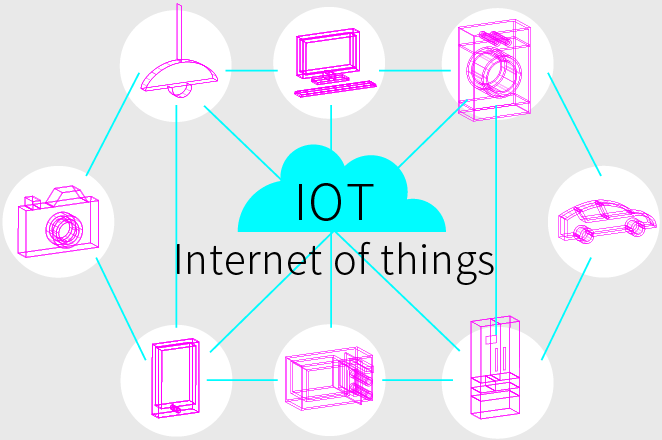
IoT home appliances are connected to the Internet, allowing sei-katsu-sha to
control them remotely anytime, anyplace using apps installed on their
smartphone or smart speaker.
You can have your home at a comfortable temperature before you arrive, and
wasting money by forgetting to turn off the lights is a thing of the past.
All kinds of lifestyle data are collected via the IoT device or app, such as what
time you turn on the air-con, your preferred temperature setting and how
long you have it run. This an example of what is known as “big data”.
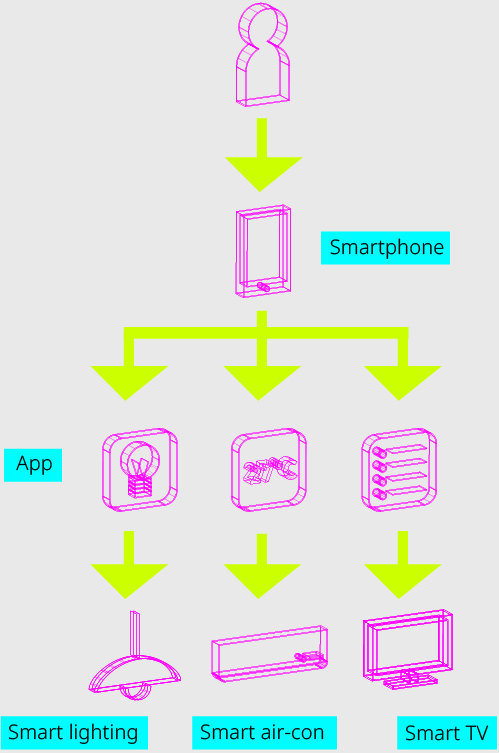
Tech giants from both sides of the world are competing fiercely to develop
and innovate the IoT. Their furious battle for share is driving the break-neck
speed at which the IoT market is evolving.
GAFAM

BATX

“Alexa!” “OK, google!” “Hey Siri!”
You’ve probably said one of these to a smartphone or smart speaker at least
once. Artificial intelligence is attracting great interest as something that will
change our lives.
Siri, Alexa and other voice assistants process information, respond to
humans in natural language, “communicate” with smart devices connected
to the IoT and provide recommendations on all kinds of everyday matters. This
is the result of the evolution of the IoT.
IoT can also be the “Intelligence of things.”
Device
AI Assistant
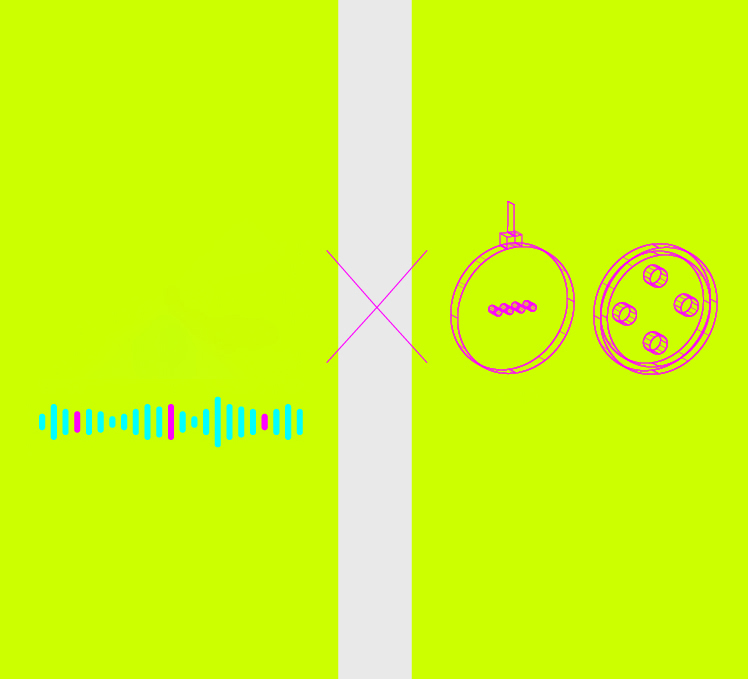
A rapid increase in the number of devices in addition to smartphones is
expected. It is thought that the main reason for this will be the IoT, which will
connect all kinds things to the Internet.
But these things will not just connect to the Internet. It’s said that advances
in AI will see them acquire the intelligence to be able to understand
environments and provide optimum solutions.
What kinds of changes are expected from these sorts of technological
advances?
IoT
Internet of things
Intelligence of things
If the spread of the IoT is the “next smartphone” technology, what changes will IoT technology have on lifestyles in ASEAN?
| Technology or device |
Media | sei-katsu-sha behavior |
|---|---|---|
| TV | Mass media | Mass behavior |
| Computer | Interactive media |
Information transmission Searching |
| Smartphone | Personalized media | Anytime Anyplace |

